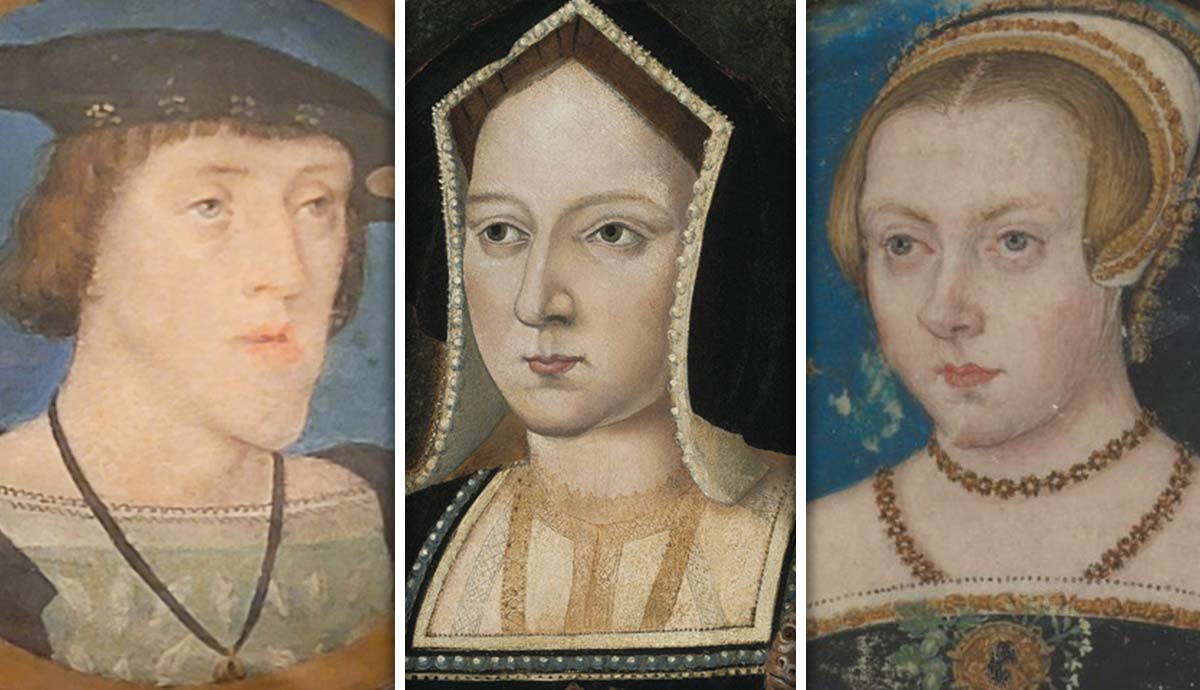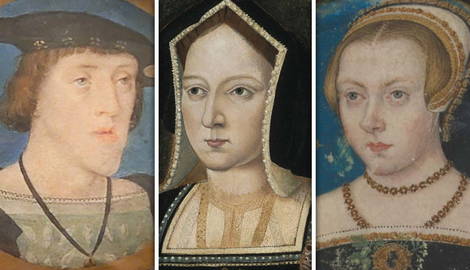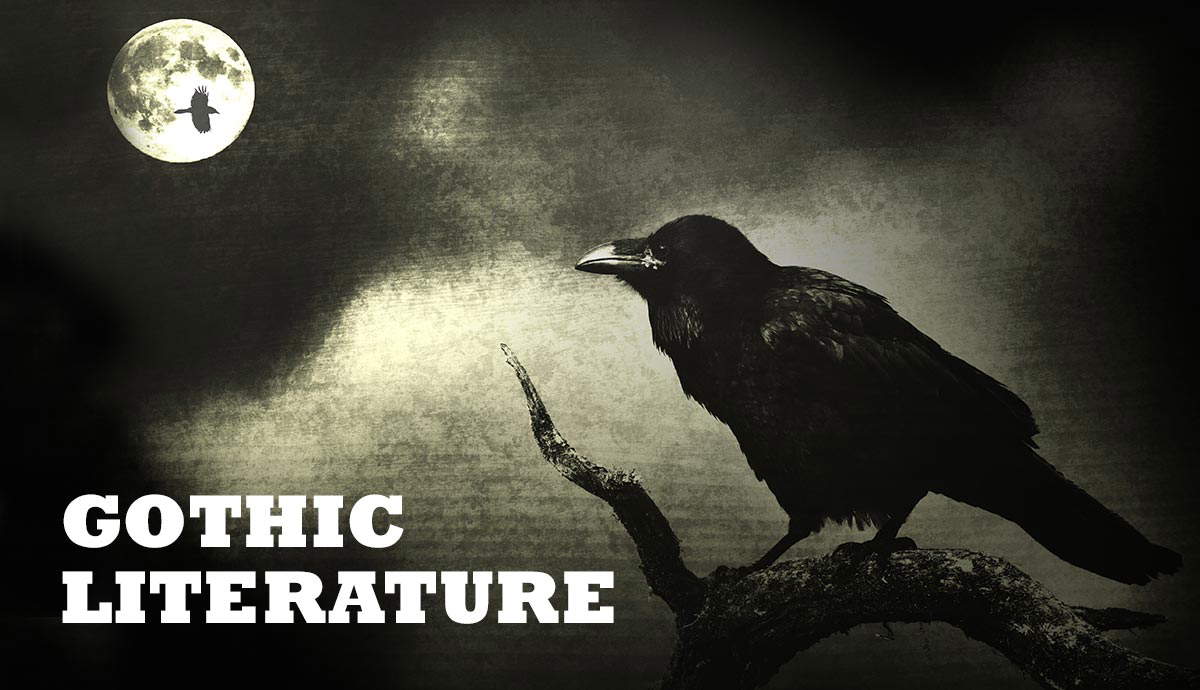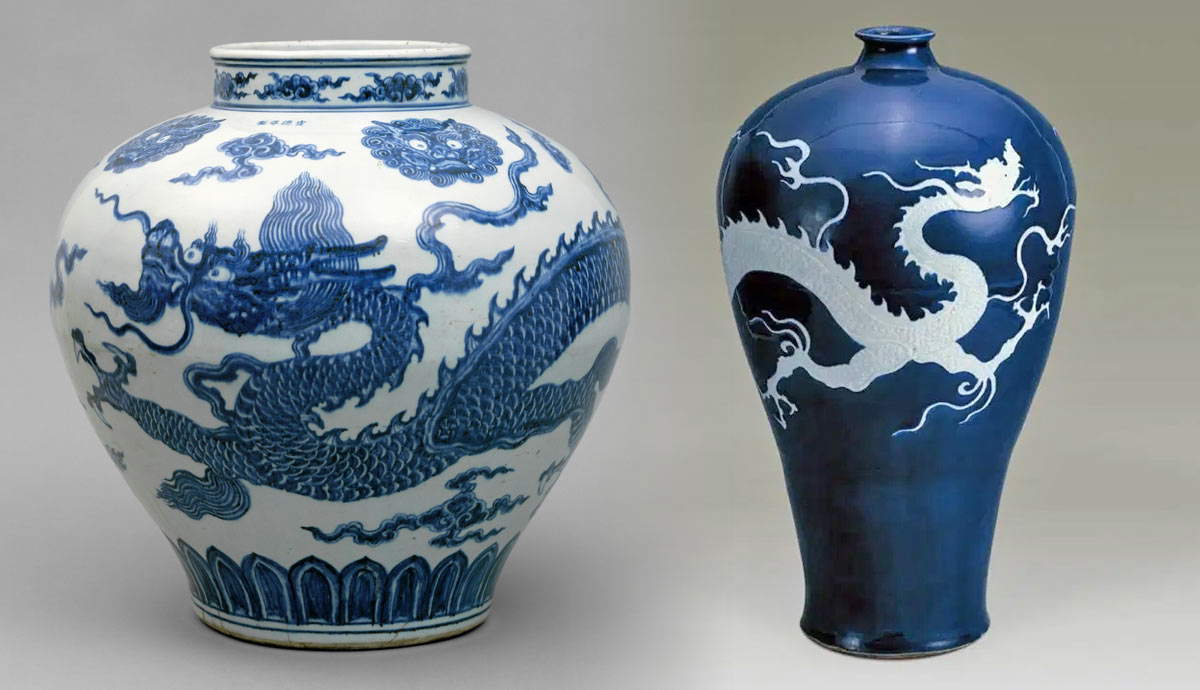
Lucas Horenbout, also known as Lucas Hornebolt, was a Flemish painter who worked in England as the king’s painter. He was taught to illuminate manuscripts and paint miniatures by his father, alongside his sister, who also became an artist at the English court. Lucas Horenbout became the highest-paid artist at the Tudor court, even over his contemporary, Hans Holbein the Younger, due to his denizen status in London, allowing him to open a workshop. Horenbout changed the game in Tudor England by introducing miniatures to the culture.
Who Was Lucas Horenbout?

Lucas Horenbout was born the son of a painter. Gerard Horenbout, his father, was a Flemish miniature artist and illuminator. He was accepted into the painters’ guild in Ghent in 1487, eventually becoming a master. Becoming a master allowed him to find higher-paying commissions from wealthier patrons, like kings. Gerard Horenbout completed an illuminated manuscript in the early 16th century for King James IV of Scotland, which is likely the manuscript pictured above. It depicts Saint John the Baptist sitting on the grass with a lamb. It is a tranquil scene despite what surrounds it. Bordering the figures are the scenes of his life, in which he would meet his end by beheading. It is made with tempera, ink, and shell gold on parchment. It would have been used as a small book for prayer.
In 1515, with his previous project complete, Gerard sought new work. Margaret of Austria named him court painter, a position in which he served until only the 1520s. The position awarded him connections to other artists across the continent, like Albrecht Durer, who visited the Netherlands in 1521 and brought a journal to record the trip. Gerard had taught his children, Lucas and Susannah, about art. When Susannah Horenbout met Albrecht Dürer, he later wrote in his journal: “Master Gerard, the illuminator, has a daughter of 18 named Susanna who has illuminated a small sheet, a Salvator, for which I gave her 1 guilder. It is a great marvel that a woman should do so much.”

In the mid-1520s, the family sailed to England, where Gerard became a court painter for King Henry VIII. By 1531, his son, Lucas Horenbout, had also become a court painter and was given an annual salary. Though there is a lack of evidence as to why the family went to England, it has been suggested that there may have been some connection to Thomas Boleyn, who sent his daughter, Anne Boleyn, to Margaret of Austria’s court for a short amount of time during her childhood for an education.
Miniature Portraits

This miniature is by Hans Holbein the Younger, but the sitter is possibly Lucas’s sister, Susannah Horenbout. She wears a dark dress and has white cloth draped over her shoulders. She has a white woolen cap on with a coif underneath. The background is a dark teal, typical of many Holbein portraits.
Susannah Horenbout had a successful career as a miniature painter and illuminator. However, she was officially a gentlewoman of the Privy Chamber for three of Henry VIII’s queens after her marriage to John Parker in 1525. Although a woman creating artwork for work was unusual at the time, she had competition with the artist Levina Teerlinc, who was another woman miniaturist at the Tudor court. Ironically, their miniatures today cannot be told apart, and therefore, the attributions associated with their work are shaky at best. Nonetheless, both women hold incredible skill in their miniatures. Some art historians credit the Horenbouts for introducing and popularizing miniatures in England. The earliest known miniature portrait in England is the Portrait of Princess Mary by Lucas Horenbout, now located at the National Portrait Gallery in London.

Unfortunately, due to the nature of miniature portraits and their intended contemporary use, they can be incredibly hard to attribute to the correct artist. Miniature portraits by Hans Holbein the Younger, Lucas Horenbout, Levina Teerlinc, Susannah Horenbout, and others are often very similar in style. They often lack clear provenance dating back to their creation due to their use. The tiny portraits were small enough to fit into a pocket or small pouch, often meant to be carried like a locket or wallet photo as modern equivalents. The portrait is of a lady dressed in the latest fashions, with jewels around her neck and a French hood on her head. Her hair is golden and swept back beneath her hood except at the forehead and temples.
None of Lucas Horenbout, Susannah Horenbout, or Levina Teerlincs’ miniatures can be definitively attributed to them as the correct artist. This causes disagreements and controversy when discoveries are made about these miniatures. Portrait of an Unknown Lady, likely by Lucas Horenbout in 1535, is an example of this controversy. Suggested sitters have included Lady Jane Grey, Mary I, and Elizabeth I. Likewise, suggested artists are Lucas Horenbout (which is the most agreed upon at Yale University), Hans Holbein the Younger, and Levina Teerlinc. To make it even more difficult to distinguish, neither Lucas Horenbout nor Levina Teerlinc signed their work.
Lucas Horenbout and Hans Holbein the Younger

Lucas Horenbout and Hans Holbein the Younger proved influential to each other. Today, Holbein is considered a master of art. Yet, one of his skills may have come from Lucas Horenbout. An early art historian named Karl van Mander, who published about fifty years after Holbein’s death, suggests that Holbein was taught how to use the material of shell gold by Horenbout. Shell gold is a liquid or powder material used to repair a surface that had previously had gilt but was somehow damaged. It was created with tiny pieces of real gold, making it an expensive material to only be used for wealthy patrons.
The gold could come from anywhere, such as scraps from goldsmithing, old jewelry, ground-up gold leaf, or whatever was available. According to van Mander, when Horenbout showed Holbein how to use the material in illumination, he was able to pick up the skill almost immediately. However, if any of these works ever existed, they have yet to be found.
This miniature portrait of Hans Holbein the Younger by Lucas Hornbout is a copy of a self-portrait by Holbein himself. It is one of two copies by Horenbout, and all three miniatures—Holbein’s original and both of Horenbout’s copies—still exist today. The copies were produced in 1544, a year after Holbein’s death. As posthumous portraits, they may have served as a tribute to Horenbout’s late colleague.
Horenbout’s Clients

In 1534, Lucas Horenbout was made the king’s painter. The title would be his for the rest of his life, and his salary would be the highest an artist at Henry VIII’s court would achieve—even higher than Holbein’s £30. This increase in status and pay was partially made possible by Horenbout becoming a denizen of London, which allowed him to own and operate a workshop. Holbein did not become a denizen until 1541.
Horenbout’s clients became the most important people in the kingdom. Nearly all of his existing miniatures are of royal family members, except for a few. His work was not restricted to only England, though that was where the majority of his work was done. Charles V, Emperor of the Holy Roman Empire, commissioned Lucas Horenbout for a miniature portrait of himself. His distinct facial features and sumptuous clothing of contemporary fashion make him recognizable.

Catherine of Aragon’s portrait by Lucas Horenbout, both the full-size and miniature versions, is one of his best-known works. In this painting, the Queen is dressed in black, white, and gold, with golden jewelry dripping from her neck. She holds a monkey in her arms, reaching for her Catholic cross near her heart. She wears the classic English hood, now called a gable hood. In this portrait, she is the woman who brought together the kingdoms of Spain and England.
Lucas Horenbout’s Influence

Lucas Horenbout’s introduction to miniatures in England started a new form of artmaking and memory-cherishing in which people could easily carry images of their loved ones. Talented artists like Susannah Horenbout, Hans Holbein the Younger, Levina Teerlinc, Nicholas Hilliard, and more would continue the legacy of miniature portraits. Miniature portraits have survived as prominent forms of art throughout the centuries and have been an area of interest for just as long.
This is a page from a book that was published in 1858 by Caldesi & Montecchi. It is an early photograph of five miniature portraits from the Tudor era, one of which was painted by Lucas Horenbout, and is the miniature copy of the portrait of Catherine of Aragon, in which she is dressed in black and holding a monkey in her arms. In the miniature, the portrait is mostly the same, except for a lighter background to make the small figure of the Queen stand out on such a tiny canvas. Miniatures were small, personal paintings that award modern viewers a glimpse at those who lived before us in tremendous detail. They have fascinated viewers through the centuries and will continue to fascinate into the future.










